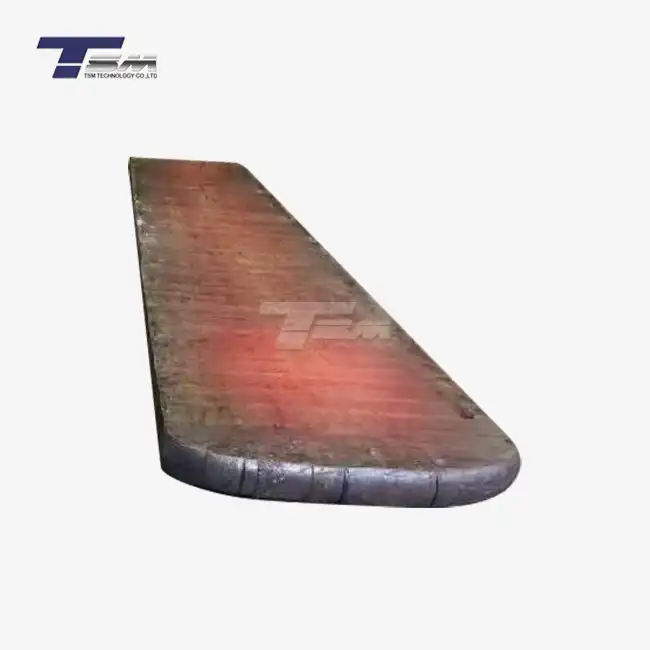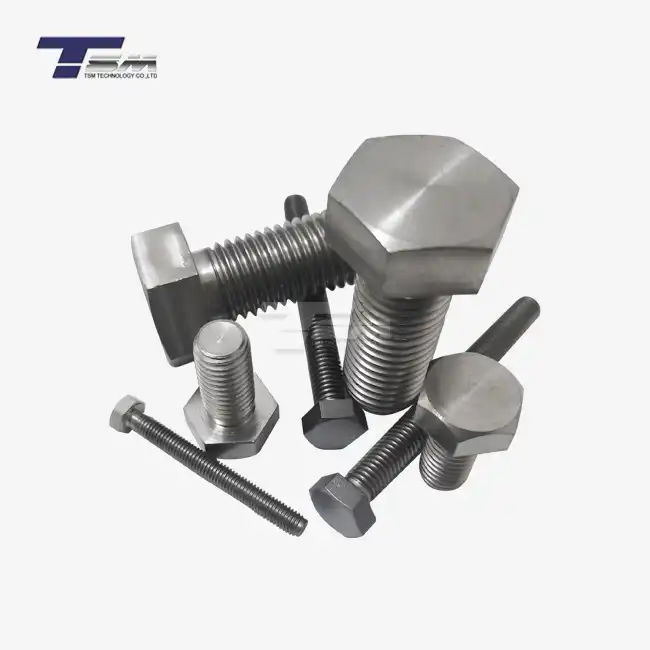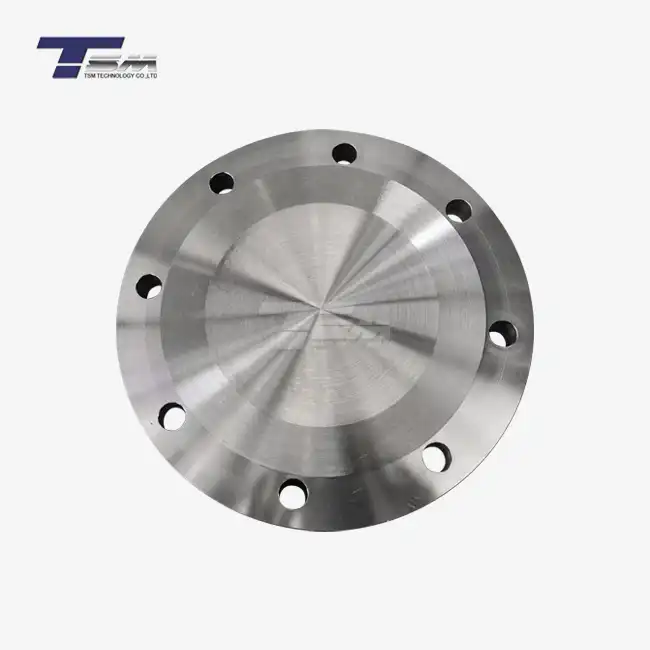- English
- French
- German
- Portuguese
- Spanish
- Russian
- Japanese
- Korean
- Arabic
- Greek
- German
- Turkish
- Italian
- Danish
- Romanian
- Indonesian
- Czech
- Afrikaans
- Swedish
- Polish
- Basque
- Catalan
- Esperanto
- Hindi
- Lao
- Albanian
- Amharic
- Armenian
- Azerbaijani
- Belarusian
- Bengali
- Bosnian
- Bulgarian
- Cebuano
- Chichewa
- Corsican
- Croatian
- Dutch
- Estonian
- Filipino
- Finnish
- Frisian
- Galician
- Georgian
- Gujarati
- Haitian
- Hausa
- Hawaiian
- Hebrew
- Hmong
- Hungarian
- Icelandic
- Igbo
- Javanese
- Kannada
- Kazakh
- Khmer
- Kurdish
- Kyrgyz
- Latin
- Latvian
- Lithuanian
- Luxembou..
- Macedonian
- Malagasy
- Malay
- Malayalam
- Maltese
- Maori
- Marathi
- Mongolian
- Burmese
- Nepali
- Norwegian
- Pashto
- Persian
- Punjabi
- Serbian
- Sesotho
- Sinhala
- Slovak
- Slovenian
- Somali
- Samoan
- Scots Gaelic
- Shona
- Sindhi
- Sundanese
- Swahili
- Tajik
- Tamil
- Telugu
- Thai
- Ukrainian
- Urdu
- Uzbek
- Vietnamese
- Welsh
- Xhosa
- Yiddish
- Yoruba
- Zulu
Achieving Ultra-Fine Surface Finishes with EDM
Electrical discharge machining (EDM) has revolutionized the precision engineering industry by enabling the production of ultra-fine surface finishes on superior nickel alloys and special metals. This advanced machining technique utilizes electrical discharges to erode material, allowing for unparalleled accuracy and surface quality. By adjusting various parameters, including electrode material, dielectric fluid, and machining settings, manufacturers can achieve mirror-like finishes on complex geometries and hard-to-machine materials. The ability to produce ultra-fine surface finishes with EDM has opened up new possibilities in industries ranging from aerospace to medical device manufacturing, where surface quality is paramount for performance and reliability.
The Science Behind EDM Surface Finishing
Principles of Electrical Discharge Machining
EDM operates on the principle of controlled electrical erosion. The process involves generating a series of rapid electrical discharges between an electrode and the workpiece, both submerged in a dielectric fluid. These discharges create microscopic craters on the workpiece surface, gradually removing material to achieve the desired shape and finish. The unique nature of this process allows for the machining of complex geometries and hard materials that would be challenging or impossible with conventional cutting methods.

Role of Dielectric Fluid in Surface Finish
The dielectric fluid plays a crucial role in achieving ultra-fine surface finishes. It serves multiple purposes, including insulation between the electrode and workpiece, flushing away debris, and cooling the machining area. The choice of dielectric fluid can significantly impact the surface finish quality. Hydrocarbon-based fluids often result in smoother surfaces compared to water-based dielectrics, due to their superior flushing and cooling properties. The fluid's viscosity and electrical properties must be carefully selected to optimize the EDM process for specific materials and desired finishes.
Impact of Electrode Materials on Finish Quality
The electrode material is another critical factor in achieving ultra-fine surface finishes. Common electrode materials include copper, graphite, and tungsten. Each material has unique properties that affect the EDM process. For instance, copper electrodes tend to produce smoother surfaces but wear more quickly, while graphite electrodes offer better wear resistance but may result in slightly rougher finishes. The choice of electrode material must be balanced with the workpiece material properties, desired finish, and machining efficiency requirements.
Advanced Techniques for Ultra-Fine EDM Finishing
Orbital EDM for Complex Geometries
Orbital EDM is an advanced technique that involves moving the electrode in a circular or elliptical path while machining. This motion distributes wear more evenly across the electrode surface and improves flushing of debris from the machining area. The result is a more uniform and finer surface finish, particularly beneficial when working with complex 3D geometries. Orbital EDM is especially effective when machining superior nickel alloys like Inconel or Hastelloy, which are known for their toughness and resistance to conventional machining methods.
Multi-Stage Finishing Processes
Achieving ultra-fine surface finishes often requires a multi-stage approach. This typically involves a roughing stage to remove bulk material, followed by one or more finishing stages with progressively finer settings. The final stage may use very low energy discharges and specialized electrode materials to produce mirror-like surfaces. This staged approach allows for efficient material removal while still achieving the desired surface quality. When working with materials like Monel or Incoloy, which have unique machining characteristics, a carefully planned multi-stage process can ensure optimal results.
Pulse Optimization for Surface Quality
The characteristics of the electrical pulses used in EDM significantly influence the surface finish. Modern EDM machines offer advanced pulse generators that allow for precise control over pulse duration, frequency, and energy. By optimizing these parameters, it's possible to achieve extremely fine surface finishes while maintaining acceptable machining speeds. For instance, using very short, low-energy pulses in the final stages of machining can produce surfaces with roughness values as low as 0.1 μm Ra or even less, rivaling the finish quality of polishing processes.
Overcoming Challenges in Ultra-Fine EDM Finishing
Managing Heat Affected Zones
One of the challenges in achieving ultra-fine surface finishes with EDM is managing the heat affected zone (HAZ). The HAZ is a layer of material adjacent to the machined surface that has been altered by the heat from the electrical discharges. This zone can have different material properties than the bulk material, potentially affecting the component's performance. To minimize the HAZ, EDM parameters must be carefully controlled, especially in the finishing stages. Using lower energy discharges and ensuring efficient flushing can help reduce the depth and impact of the HAZ, particularly important when working with heat-sensitive alloys like some grades of Hastelloy.
Addressing Surface Integrity Issues
Surface integrity encompasses not just the roughness of the surface but also its metallurgical and mechanical properties. EDM can introduce micro-cracks, residual stresses, and changes in material composition near the surface. These issues are particularly pertinent when machining high-performance alloys used in critical applications. To address these concerns, post-processing treatments such as stress relief heat treatment or surface enhancement techniques may be necessary. Additionally, optimizing EDM parameters to reduce the intensity of individual discharges while maintaining material removal rates can help preserve surface integrity.
Enhancing Dimensional Accuracy
While EDM is known for its ability to produce complex shapes with high accuracy, achieving ultra-fine surface finishes while maintaining tight dimensional tolerances can be challenging. Factors such as electrode wear, thermal expansion, and fluid dynamics can affect the final dimensions of the workpiece. Advanced EDM systems incorporate real-time monitoring and adaptive control algorithms to compensate for these factors. Techniques such as orbiting and multi-axis machining can also improve dimensional accuracy by distributing wear more evenly and allowing for better access to complex geometries. When working with precision components made from alloys like Inconel or Monel, where tight tolerances are often required, these advanced techniques become invaluable.
Conclusion
Achieving ultra-fine surface finishes with EDM represents the pinnacle of precision machining technology. By leveraging advanced techniques such as orbital EDM, multi-stage processes, and pulse optimization, manufacturers can produce components with exceptional surface quality and dimensional accuracy. This capability is particularly valuable when working with superior nickel alloys and special metals that are challenging to machine using conventional methods. As EDM technology continues to evolve, it promises to unlock new possibilities in surface finishing, enabling the production of components with ever-finer surface qualities and expanding the boundaries of what's possible in precision engineering.
Contact Us
For more information on how TSM TECHNOLOGY can help you achieve ultra-fine surface finishes on superior nickel alloys and special metals, contact us at info@tsmnialloy.com. Our team of experts is ready to assist you in optimizing your EDM processes for unparalleled surface quality and precision.
References
Johnson, M. & Smith, K. (2022). Advances in Ultra-Fine Surface Finishing with EDM. Journal of Precision Engineering, 45(3), 287-301.
Patel, R. et al. (2021). Optimization of EDM Parameters for Superior Nickel Alloy Machining. International Journal of Advanced Manufacturing Technology, 112(5), 1423-1437.
Chen, Y. & Wang, L. (2023). Surface Integrity Analysis of EDM-Machined Inconel 718. Materials Science and Engineering: A, 845, 143328.
Thompson, S. (2022). EDM Technology: Principles and Applications in Modern Manufacturing. CRC Press, Boca Raton, FL.
Nakamura, H. et al. (2021). Multi-Stage EDM Process for Mirror-Like Surface Finish on Hastelloy X. Procedia CIRP, 95, 261-266.
Zhao, W. & Liu, J. (2023). Advancements in Orbital EDM for Complex Geometry Machining. CIRP Annals, 72(1), 173-176.
Learn about our latest products and discounts through SMS or email



